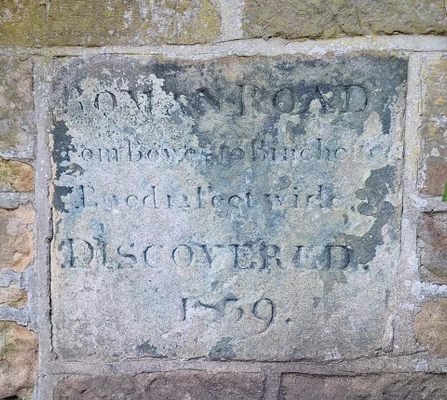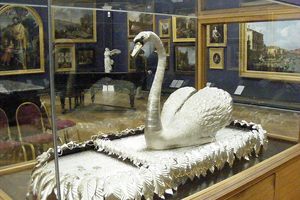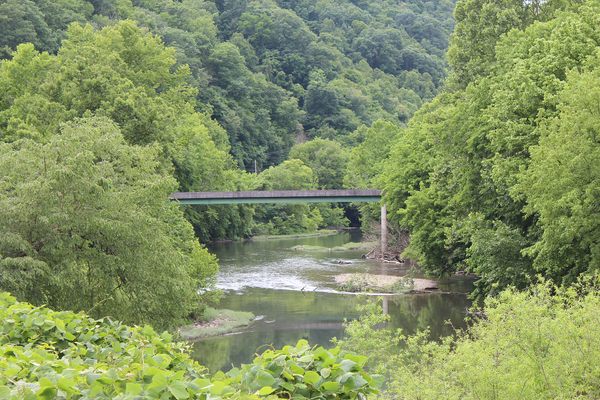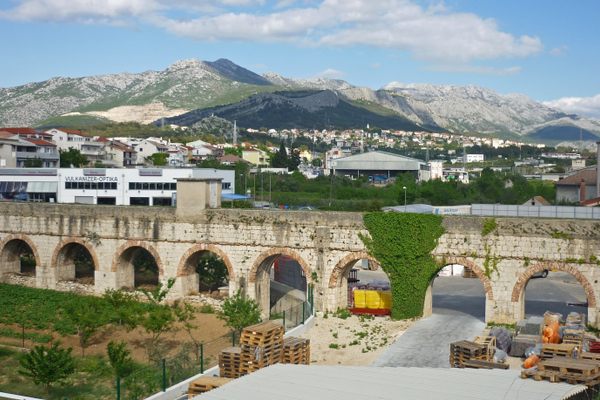About
At first sight, the crossing of the River Tees at Barnard Castle in northeast England looks like a rather ornate footbridge. But the original purpose of this structure, built in 1893, was to carry water pipes across the river from reservoirs in the hills of County Durham to the industrial coastal towns of Stockton and Middlesbrough.
The Deepdale Aqueduct, also known as the "Silver Bridge" because of a previous paint scheme, is built on cast-iron columns with a riveted wrought iron span. It used to have a wooden deck over the massive water pipes to allow pedestrians to cross, which has recently been replaced with a concrete one for safety reasons. At each end are very impressive stone turrets, reflecting the impressive 12th-century castle just down the valley.
The bridge runs from the entrance of the Deepdale Wood Nature Reserve, on the south side, across the River Tees to join another attractive woodland on the other bank. The path then provides a pleasant riverside walk into town or a convenient point to join the Teesdale Way long distance footpath.
There are fantastic views from the bridge, including a view of the recently reconstructed Barnard Castle weir, a gauging weir equipped with an automatic water level recorder designed to give an essential early flood warning to downstream communities. Nowadays it's equipped with a fish ladder to allow salmon and sea trout to once again get into the upper reaches of the Tees. At the right time of year (mid-October to mid-November), the passage of the salmon can provide a great spectacle.
Related Tags
Know Before You Go
Free (but limited) parking is available just opposite the Deepdale end of the bridge. The historic castle, about half a mile away, was once owned by Richard III and is well worth a visit. Also in the town check out the historic "Butter Market" and the well-publicized links to Charles Dickens who once lived there. Deepdale Nature Reserve used to be an army training ground and there are some interesting military remains, but nowadays it is most popular for its resident otters.
Published
August 5, 2019








































































